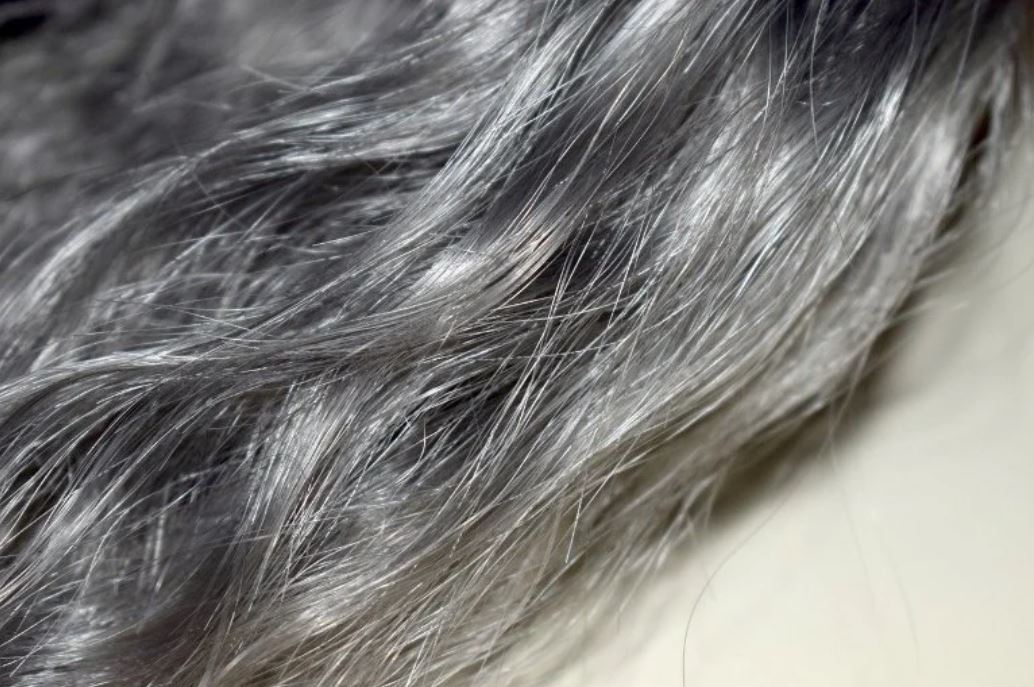
Many reasons people gain a few more gray hairs or go full silver fox over the past year. COVID-19 ravaged our socio-economic, mental, and emotional well-being. It’s been known that stress can cause gray hairs. But a recent quantitative study has now proven this causal link. It might seem obvious that psychological strain causes more grey hairs, but you may be wrong. The study found that gray hairs can be reversible if stress is gone. It is possible to reverse gray hair process.
Columbia University Irving Medical Center in New York City published their findings last week in the journal eLife. They were shocked to find that hair color can be restored if stressors have been removed.
Understanding how ‘old’ gray hairs can return to their colored states of youth could provide new insights into human aging and the effects of stress.
The growing evidence shows that human aging does not occur in a linear or fixed manner. However, data can be used to show that it is possible to temporarily reverse, halt, or at least partially reverse, some aspects of human aging. Researchers warned that only some people could re-pigment their hair.
The majority of people notice their first grey hairs around their late 20s or 30s. According to the team, this is the time when the greying process is most easily reversed. It maybe more challenging for people over 50 to reverse this greying process. Researchers believe that there is a possibility that some hair follicles might be altered by reducing stress.
NEW HOPE FOR THIS NEW FINDING
Contrary to popular belief hair doesn’t turn grey once it grows out of the “follicle” — tiny, pocket-like openings in the skin on the top of our heads. Researchers found that hairs under the skin are more susceptible to stress hormones and internal chemical processes.
Although it has been known for a long time that psychological stress can accelerate greying, scientists have been having difficulty to be able to link stress levels with changes in hair pigmentation at the single-follicle level.
However, researchers from the latest study claim that they are the first to provide quantitative evidence of the connection. Ayelet Roseberg, a Picard lab student and researcher, is the main reason for this as she developed a new technique to capture highly detailed images of very small slices of human hair. This precision allows them to detect subtle changes in hair pigmentation that are barely perceptible. Each slice is approximately 1/20th of a millimeter wide. The team analysed individual hairs of 14 volunteers and compared their results to entries in stress diaries that participants kept during the experiment. Each week, volunteers were asked to rate and catalog their stress levels.
Researchers were able to compare hair samples with recorded examples of stress in their lives through these journals. For instance, one individual went on vacation and five strands of hairs on the head reverted to darkening during that vacation. Researchers believe that stress can lead to hair greying. It is possible to remove the stress factor to allow hair to return to its natural colour. This reversion is only possible for hair that has become grey due to stress, and it must occur relatively quickly after hair turns grey.
However, Scientific American experts have also raised concerns about the study. The sample size was small and the extensiveness of data needed to be more accurate. Researchers also examined the expression levels and changes in protein values as hair grew. Researchers discovered that hair color changes in one direction can cause a change in around 300 proteins.
According to the team, stress-induced changes to mitochondria (which act as tiny antennas within cells that respond to different signals, including stress) could explain why grey hairs become grayer.
Are you not a fan of this greyish salt and pepper look? Hence the abovementioned might be a good news for you that doesn’t require dark shoe polish.


Leave A Comment